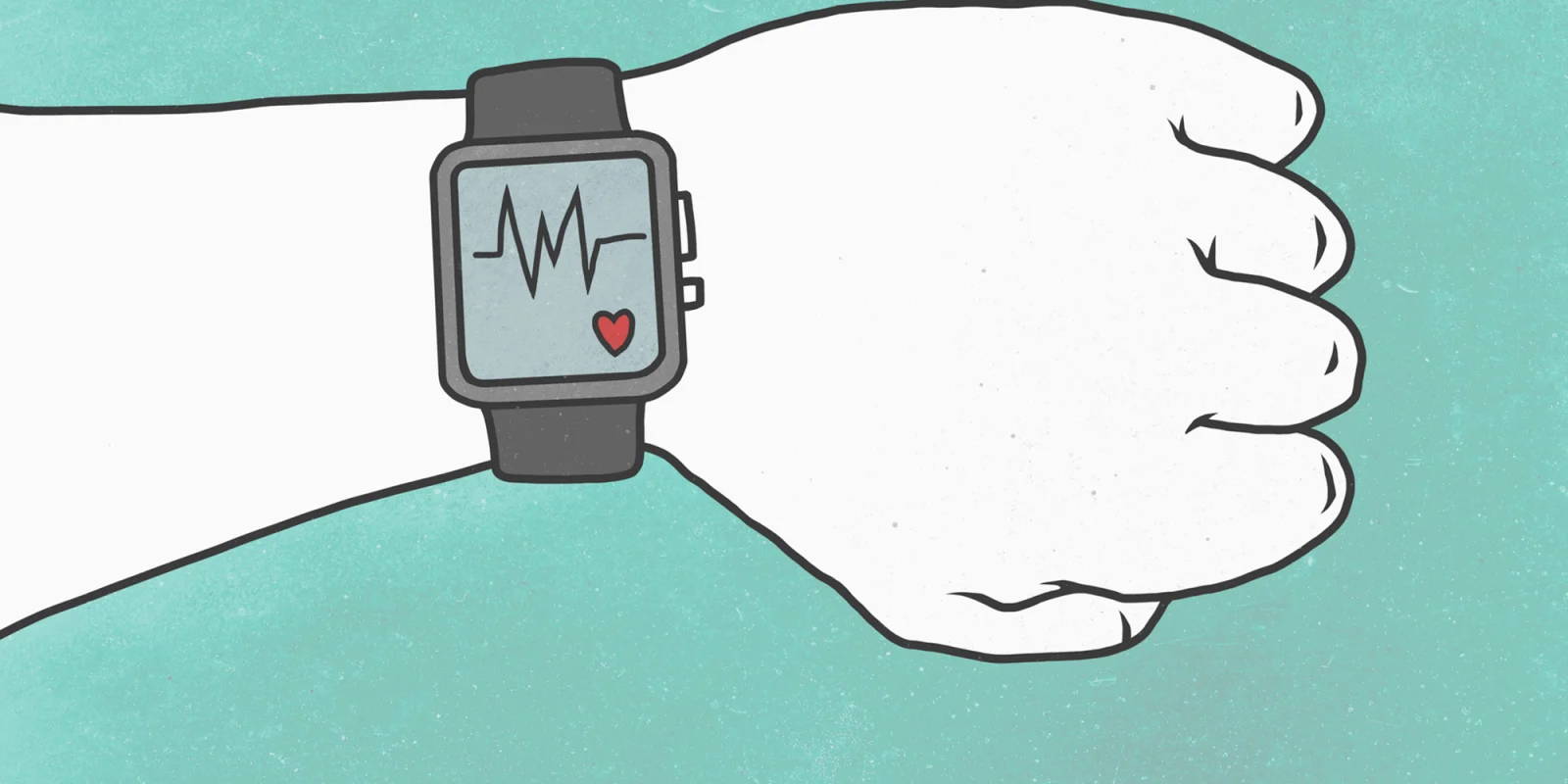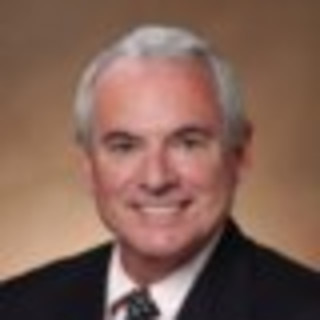
Each day, more and more things are connected, creating an ever bigger, ever smarter world. But more data makes us more vulnerable to cyberattacks and intrusions.
Apple unveiled the Watch Series 4 at its annual event at the Apple Park in San Francisco. The new Apple watch, cleared by the U.S. Food and Drug Administration (FDA), will allow users to take an electrocardiogram or ECG. Apple's Chief Operating Officer Jeff Williams said that the watch can detect both irregular heartbeats and low heart rates.
Men, materials, and machines are colliding with artificial intelligence (AI), analytics, cloud computing, fog computing, blockchain, and mobile technologies. The levels of complexity are increasing the levels as the cyber nervous system evolves.
Here is a basic science course on remote sensing.
And, here is what you need to know about the embryology.
The IoT World Forum Reference Model describes the layers in the IoT system.

There are four primary areas of IoT impact:
- Enhanced business insights
- Operational efficiencies
- New revenue streams
- Improved processes
The consequence is that the internet of medical things (IoMT) is creating opportunities to cut costs, improve outcomes, and improve the doctor-patient experience. Here are some emerging themes:
- Collisions of men, machines, and materials (and the resulting impact on business models)
- Workforce development challenges to deliver a diverse IoMT competent talent pipeline
- Cybersecurity challenges
- AI and machine learning integration
- Creating and protecting the appropriate networking infrastructure
- Using the IoMT to solve immediate problems (versus informing future products and service development)
- The battle for 5G deployment
- International business competition
- The migration of product companies into XaaS companies
- The changing role of CIOs and CSIOs
- Navigating the data development roadmap
- Using the IoMT to transform "sick care" to healthcare by moving from reporting and prescribing to predicting and preventing
- Deciding which data needs to go to the cloud or can remain closer to the ground (in the fog)
- How to make poor data into usable data to prevent GIGO
- How to change dumb assets into smart assets by converting data to value
- How to dismantle data silos and minimize adverse outcomes to other stakeholders
- What happens when the patient owns the data?
- How do we create a standard interoperable platform for the IoMT?
- How do we remove barriers to dissemination and implementation of the IoMT?
- When does remote sensing move from being constructive to being creepy?
- How can leaders move from fashionistas (buying the latest, shiniest, newest objects and then moving on) to champions (thoughtfully deploying and scaling)?
- How do we use the IoMT to change doctor and patient behavior?
- Navigating from thinking big to starting small to scaling fast, with minimal failures
- Learning from industries outside of sick care, since sick care can't be fixed from inside
- Changing the reimbursement, intellectual property, and regulatory environment of the IoMT (note that the FDA is working to strengthen the cybersecurity of medical devices in the wake of computer-hacking threats)
All of this may seem a bit overwhelming—because it is. However, for those who are fighting the fourth industrial revolution, the future won't wait for you to catch your breath. It's too busy capturing your data, measuring it via an e-meter dose inhaler, and adjusting your insurance rates based on the probability your asthma is responding to the last bronchodilator you just puffed.
This article appeared previously at: https://www.innovationexcellence.com/blog/2018/11/13/iomt-challenges/.
Arlen David Meyers is an Emeritus Professor of Otolaryngology, Dentistry and Engineering at the University of Colorado-Denver and lecturer at the University of Colorado-Denver Business School. He is a serial entrepreneur, consultant, and President and CEO of the Society of Physician Entrepreneurs at www.sopenet.org.







